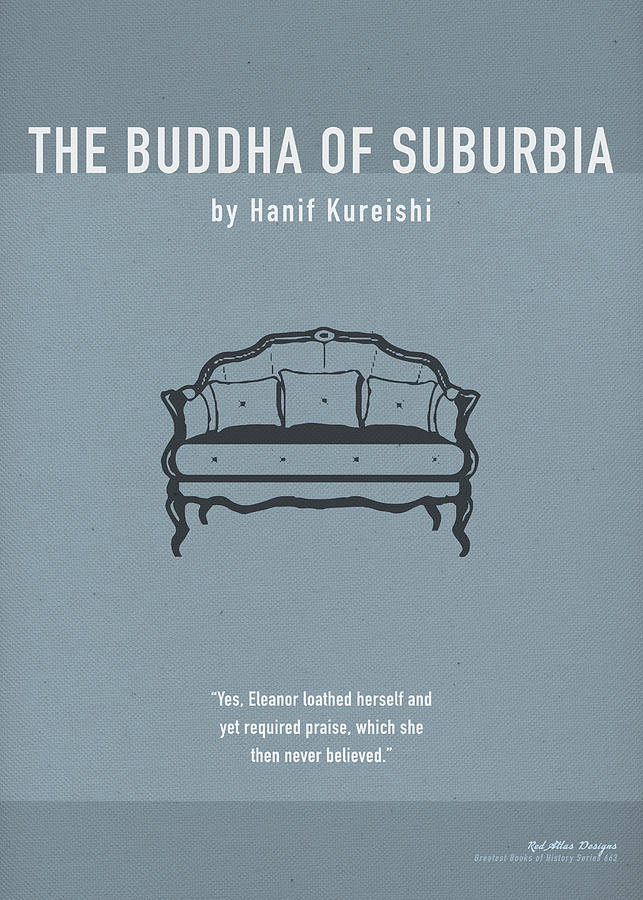
In the novel, the suburbs represent the diaspora, the marginalized regions and populations and inner London represents the centre of power, wealth and social and cultural achievements.


Considering this historical background, I want to show how the spatial relations in the book, that resemble a centre-periphery-dynamic just like the colonial British-Indian relations, correspond with the development of the protagonist’s cultural identity. Though even after those acts had been put into place, racism remained an important issue as illustrated by Enoch Powell’s controversial ‘Rivers of Blood Speech’ from 1968 which gained a lot of “instant popular support” (Mc Leod 129) and led to increased hostility towards London’s black population.

Although the book was first published in 1990, it takes place in the 1970s, just a few years after the large post-World War II influx of immigrants from the former British colonies and increasing hostility towards these immigrants prompted the British government to issue the Commonwealth Immigrants Acts of 19, thus restricting “the entry of Commonwealth citizens for the first time” (Mason 27).

With this opening sentence Hanif Kureishi adequately sums up the identity struggle that dominates the plot of his novel The Buddha of Suburbia: The protagonist Karim takes us on a journey through London, from the Suburbs, the home of his biracial family, to the centre of power, inner London, while he seems to be chasing his ‘true’ identity. “My name is Karim Amir, and I am an Englishman born and bred, almost.” (Kureishi 3).


 0 kommentar(er)
0 kommentar(er)
